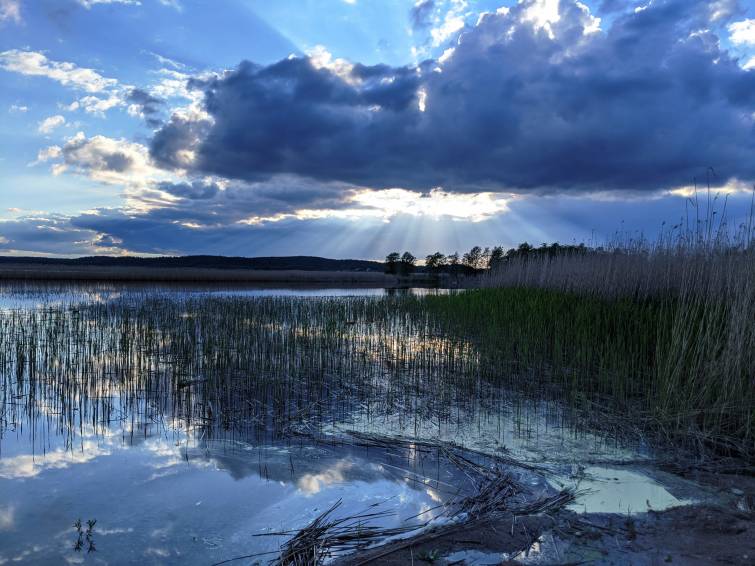
Most of us associate Suwałki and Suwałki region with TV weather forecasts in winter - when in other parts of Poland the temperature drops slightly below zero, in and around Suwałki it is usually bitterly cold. Hence the nickname of the Polish cold pole is absolutely well-deserved.
However, more and more often the Suwałki region, located in north-eastern Poland, is spoken of in a completely different context - as a perfect holiday and vacation spot. This glacial land enchants with the beauty of its wild nature, fairy-tale landscapes and incredible sense of peace. Where to go? What to see? How to spend your time here? We will try to answer these questions in the article below.
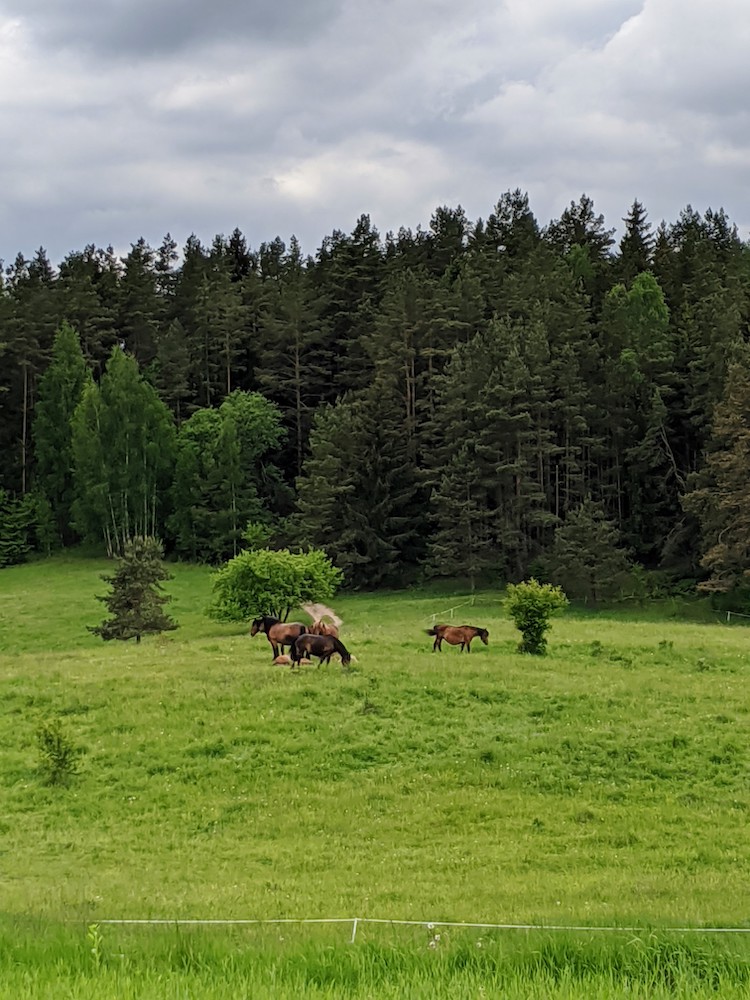
photo: Iza Trojanowska
How to get there?
The Suwałki Region is relatively poorly communicated with the rest of Poland. In this sparsely populated area, the communication network is not dense - you can reach the main city Suwałki by train or bus, but without a car it will be difficult to get to many interesting places.
Therefore, it is best to come here by car, either your own or rented. Our closest branches are Warsaw and Gdańsk. The travel time from the capital to Suwałki is about 3.5 hours, and from Gdańsk - 4.5 hours. In the latter case, the beauty of the landscapes passed along the way more than rewards the long hours in the car.
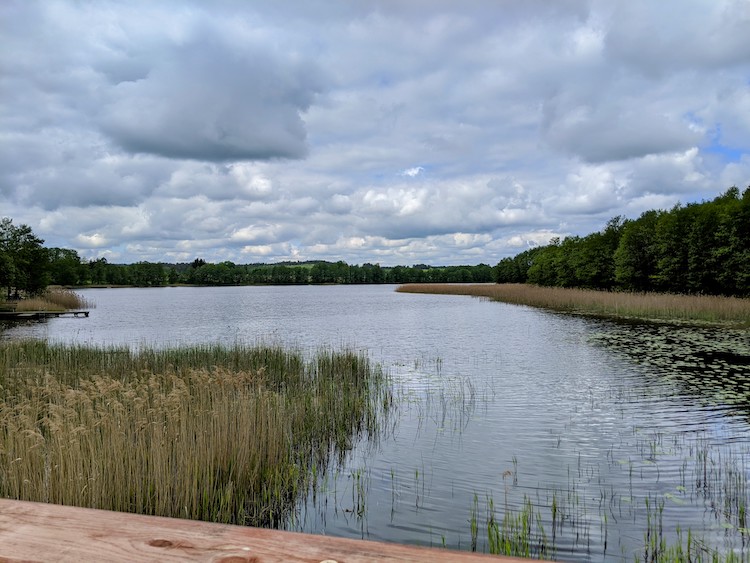
photo: Iza Trojanowska
The towns
Suwałki
Suwałki is the capital of the region and the largest town; it was granted its city rights in 1715. With a population of approx. 70 thousand people it is a medium size town by Polish standards. And although many tourists visit Suwałki only on the go, it is worth spending at least one whole day here.
Suwałki is a multicultural town - Evangelicals, Tatars, Old Believers, Orthodox, Jews and Catholics have lived here side by side for hundreds of years. Traces of this multiculturalism can be seen at every step - an attentive observer will notice them in architecture, on the street or in a restaurant, not only at the Seven Confessions Cemetery.
What's worth seeing? You should definitely go for a walk using at least one of the four tourist paths, look for Suwałki classicism, see the Catholic Church of the Sacred Heart of Jesus (formerly an Orthodox church) and the Evangelical Church of the Holy Trinity, and finally the most valuable monument of the city, i.e. the co-cathedral of St. Alexander.
We also recommend a visit to the Plaza shopping center, where you can see the old prison building blended with contemporary buildings. Street art lovers must see Suwałki murals.
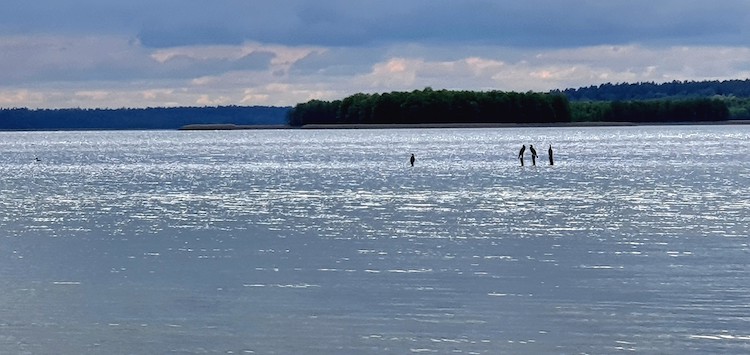
photo: Zuza Trojanowska
Augustów
Although the song celebrated the city mainly after sunset - the elders will surely remember the hit song “Augustowskie noce” (“Nights in Augustów”) - in our opinion Augustów is the most beautiful during the day.
This small town in the Augustów Lakeland is situated between four lakes - Sajne, Necko, Białe Augustowskie and Studzieniczne - and gives its name to one of the most interesting Polish monuments of hydrotechnical engineering, i.e. the Augustów Canal.
A must see are undoubtedly the local boulevards - an evening stroll through them just before sunset will be an unforgettable experience. It is also worth taking advantage of one of the many water attractions - a cruise, rafting or water skiing. We especially recommend rafting on the Czarna Hańcza river, part of which runs through the Augustów Canal.
And finally, a factual curiosity: Czarna Hańcza flows into Lake Hańcza, which, with a depth of 108.5 m, is the deepest Polish lake.
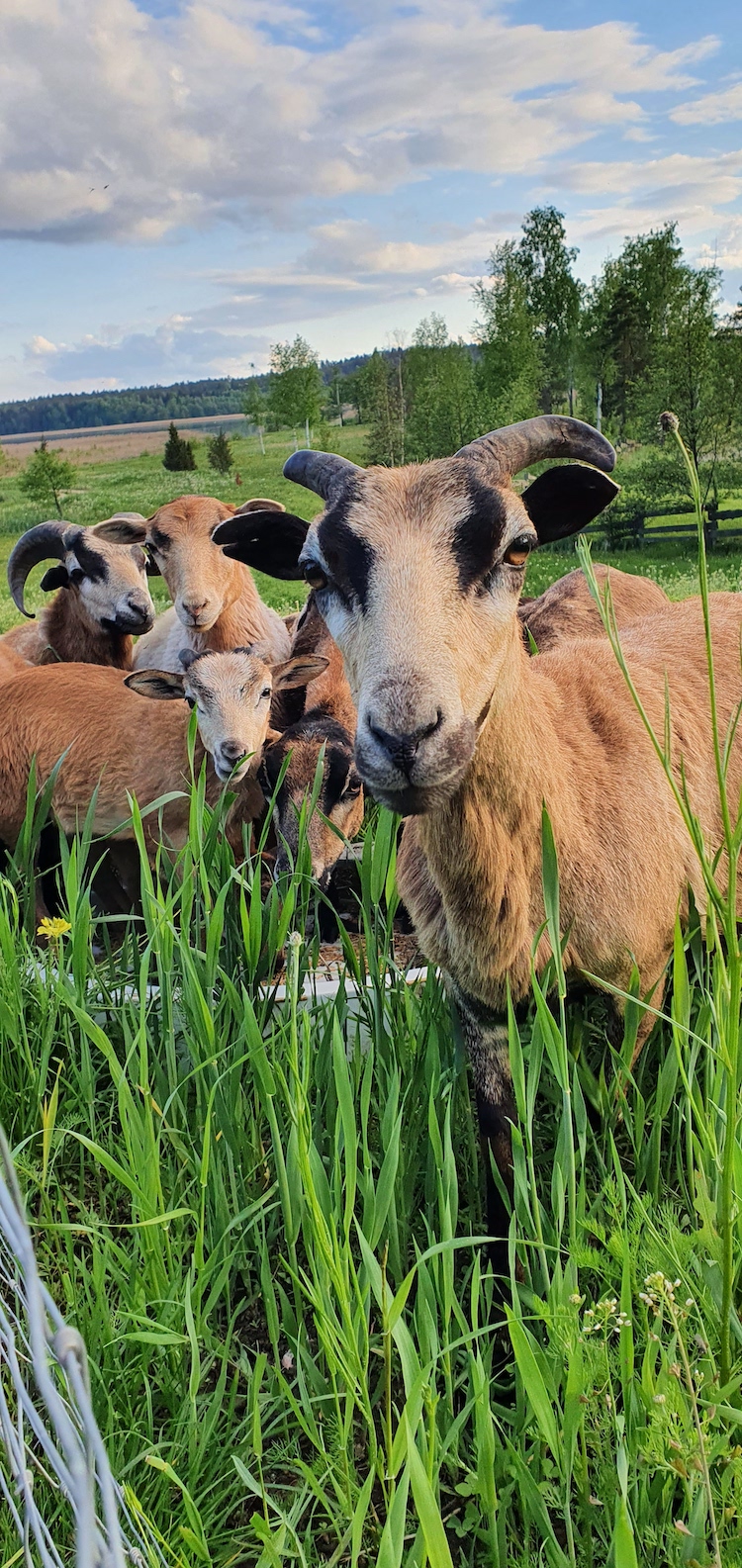
photo: Zuza Trojanowska
Among the wildlife
The Suwałki Region has an amazing, wild nature. Three national parks - Wigierski, Suwalski, Biebrzański - Augustów Forest, Romnicka Forest and Suwałki Landscape Park are home to many species of animals and plants.
It is one of the few wild areas in Central Europe - thanks to the low population density and relatively poor urbanization (who would like to live in a harsh climate at the "cold pole"?), It has been possible to preserve the local flora and fauna almost unpolluted. Therefore, it does not matter where you are in the Suwałki Region, because you will come across breathtaking nature everywhere.
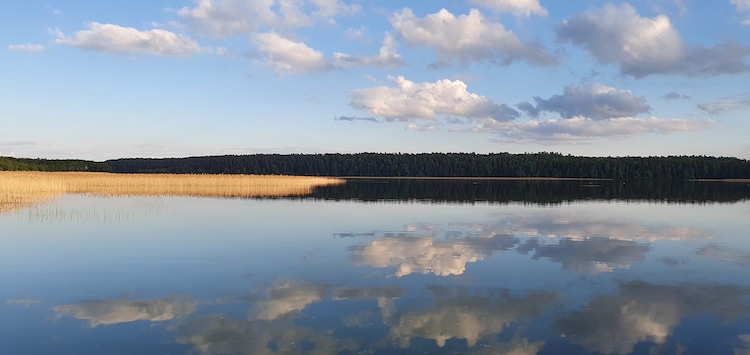
photo: Zuza Trojanowska
Lake Wigry and the former Camaldolese monastery
Located on Lake Wigry, the former monastery of the Camaldolese fathers is a complex that will take you back in time. It is worth spending some time to see it well, the more so as the surroundings and the atmosphere are conducive to unhurried contemplation. An interesting fact: the monastery complex was built on the site of the Yotvingian stronghold, the original inhabitants of these lands.
Lake Wigry itself also deserves a few sentences. It is one of the deepest and cleanest Polish lakes - it is often referred to as "the crystal waters lake". You can practice sailing and other water sports here, in which you do not use a motor drive - the existence of the Wigry National Park makes the whole lake a zone of silence.

photo: Zuza Trojanowska
Something for engineering enthusiasts
But the Suwałki region has not only wild nature, but also industrial and engineering heritage. In this context, three things should be mentioned in particular: the viaducts in Stańczyki, the previously mentioned Augustowski Canal, and the narrow-gauge railway in the Wigry National Park.
Viaducts in Stańczyki
The viaducts in Stańczyki, also known as the aqueducts of the Romnicka Forest, used to be part of the Gołdap - Żytkiejmy railway line. They belong to the highest railway bridges in Poland - their height is up to 36.5 m. They were supposed to be part of the transport corridor from Pomerania to Lithuania, but in the end the track was placed on only one of them, and the line itself was used locally. Today they are in private hands and admission is paid.
The Augustowski Canal
The 100 km long Augustowski Canal is over 200 years old. Its construction is related to the tense trade relations between Prussia and the Kingdom of Poland at the beginning of the 19th century. At that time Prussia introduced high duties on goods floated down the Vistula, so the Kingdom of Poland decided to build its own shipping route to the Baltic Sea. Today, the Augustów Canal is one of the greatest attractions of the Suwałki Region.
Narrow-gauge railway through the Wigry National Park
The narrow-gauge railway is a proposition for those tourists who like to admire nature the most from a vehicle window. The route of the forest railway starts in Płociczne and ends in Krusznik and is 10 km long. It has five stops, three of which are viewpoints allowing you to admire the nature of Wigry.

photo: Zuza Trojanowska
Suwałki cuisine: kartacze, soczewiaki, and kakors
Finally, a few words need to be said about the local cuisine. The undisputed king of the tables here is the potato in all its forms. Cuisine of Suwałki is kartacze (meat-filled boiled dumplings made of boiled and raw potatoes), soczewiaki (fried dumplings made of boiled potatoes with meat filling), kakory (baked potato dumplings with filling), but also potato babka (baked potato mass with cracklings), potato pancakes, potato gills and potato Russian pancakes.
Lithuanian influences cannot be omitted either - as often as potato products, Lithuanian cold soup “chłodnik” or kindziuk meat will be on the table. There are plenty of freshwater fish - whitefish, pike and eel - prepared in a hundred different ways. And for dessert - a delicious traditional sękacz.

photo: Zuza Trojanowska